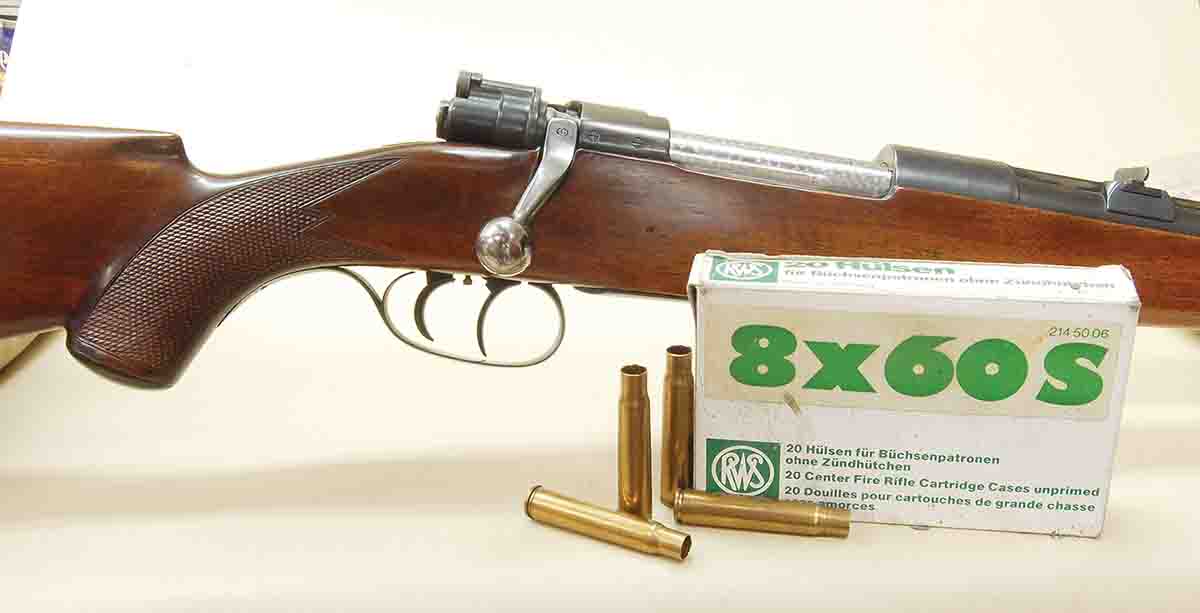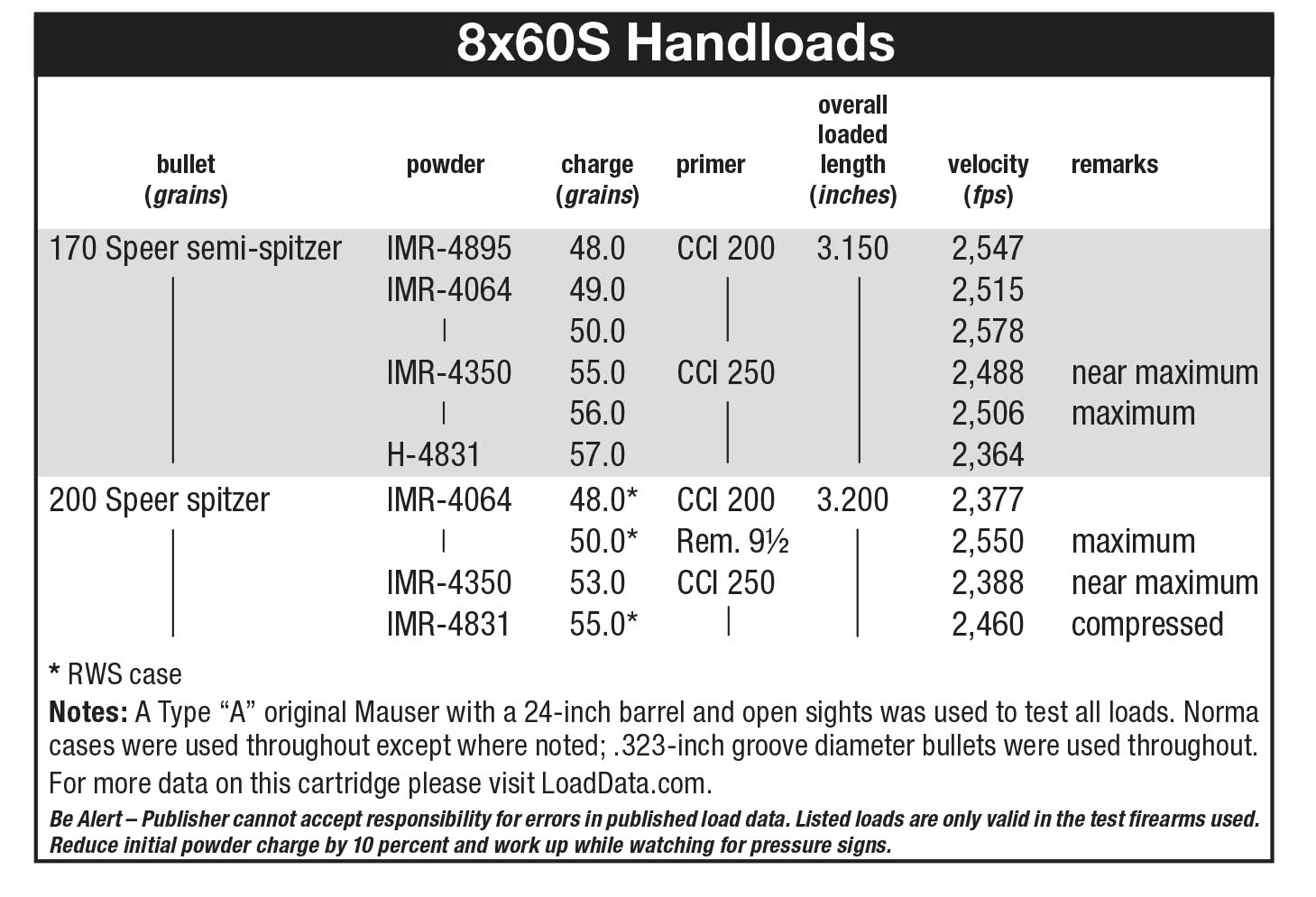Cartridge Board
column By: Gil Sengel | August, 18
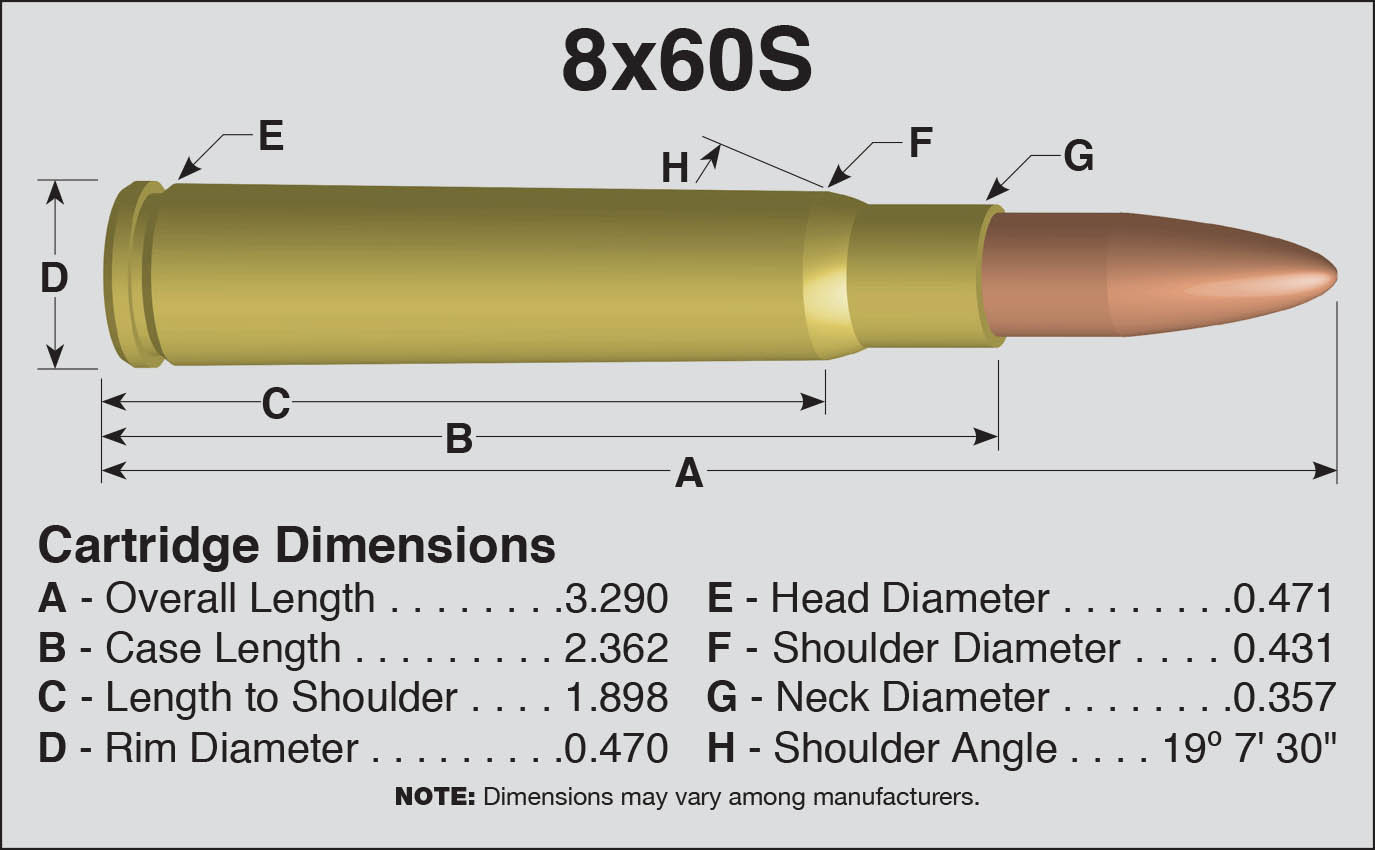
We all know the Treaty of Versailles, signed in the summer of 1919, fixed the terms of peace ending World War I. It was
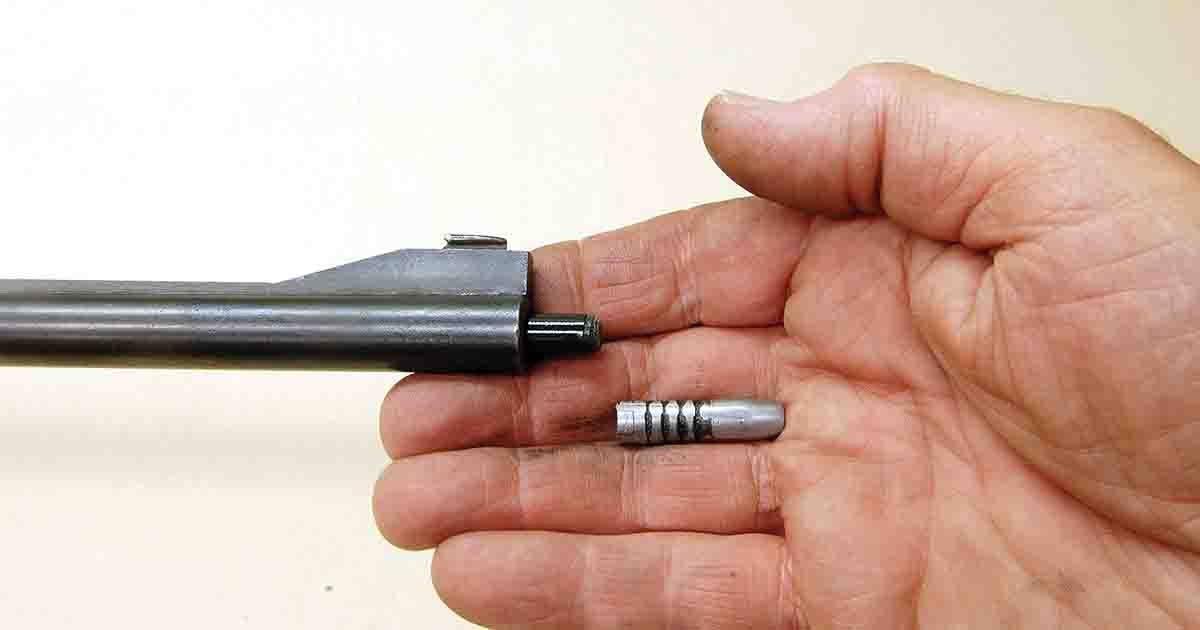
Germany also had a reputation for manufacturing fine sporting arms, the export of which provided a lot of jobs. Mauser sporting rifles were especially prized because they were well made, affordable and reliable. Manufacture of such arms was soon allowed, but not in 7.9x57. Popularity of the 7.9mm caliber, plus all the existing 7.9x57 rifles, led to a brilliant solution.
References vary. Some credit named and unnamed Mauser employees while others believe known or unknown gunsmiths originated the idea. At this late date it is probably impossible to know for sure. Nevertheless, first the body of the 7.9x57 was lengthened 3mms. Then shoulder angle was increased slightly, creating a neck just over one bullet diameter in length. Thus was born the 8x60mm, also called the 8x60 Mauser. Germany now had a cartridge for which 7.9mm rifles could be made and
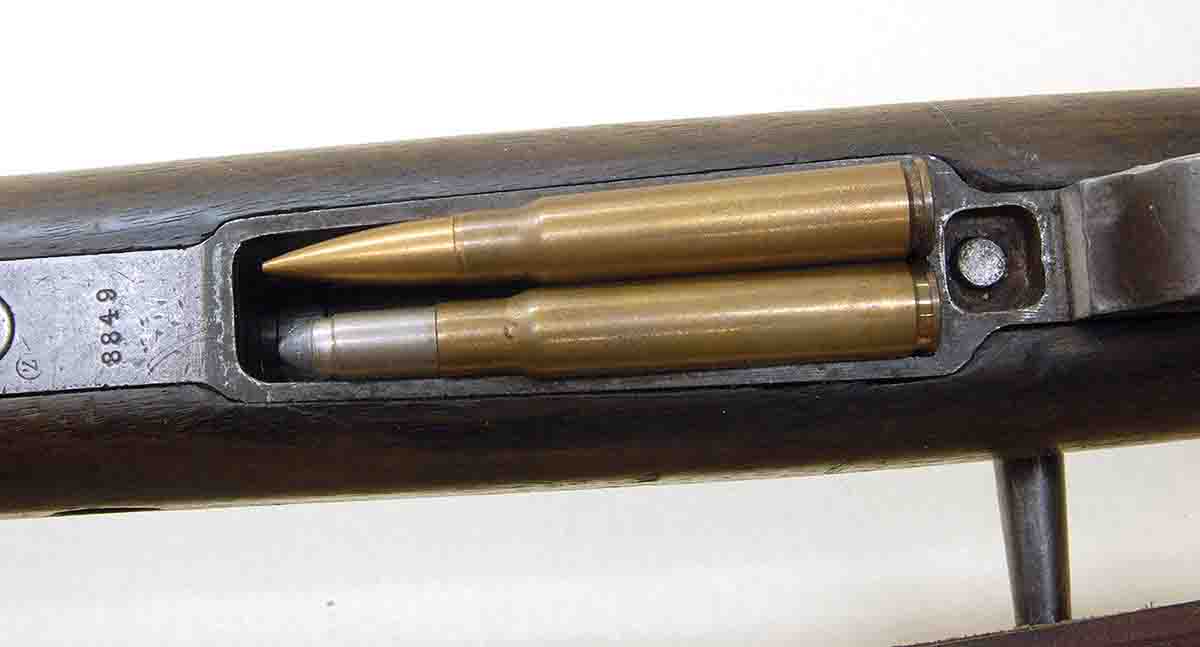
Students of the bolt rifle are now thinking that this solution can’t be real because the M98 rifle’s magazine was designed specifically for the 7.9x57 cartridge length. Adding to case length would require a new, longer action to be built – a very expensive undertaking – or bullets seated deeply in the case.
All, however, was not as it appeared. When the 7.9x57 cartridge was designed for Germany’s Model 1888 Commission Rifle it fired a long, parallel-sided, 227-grain jacketed roundnose bullet. Cartridge length was 3.25 inches. The new M98 rifle that replaced the M88 used the same cartridge. In 1903 a 154-grain pointed bullet was adopted. It was shorter than the old bullet, so cartridge length decreased to about 3.16 inches.
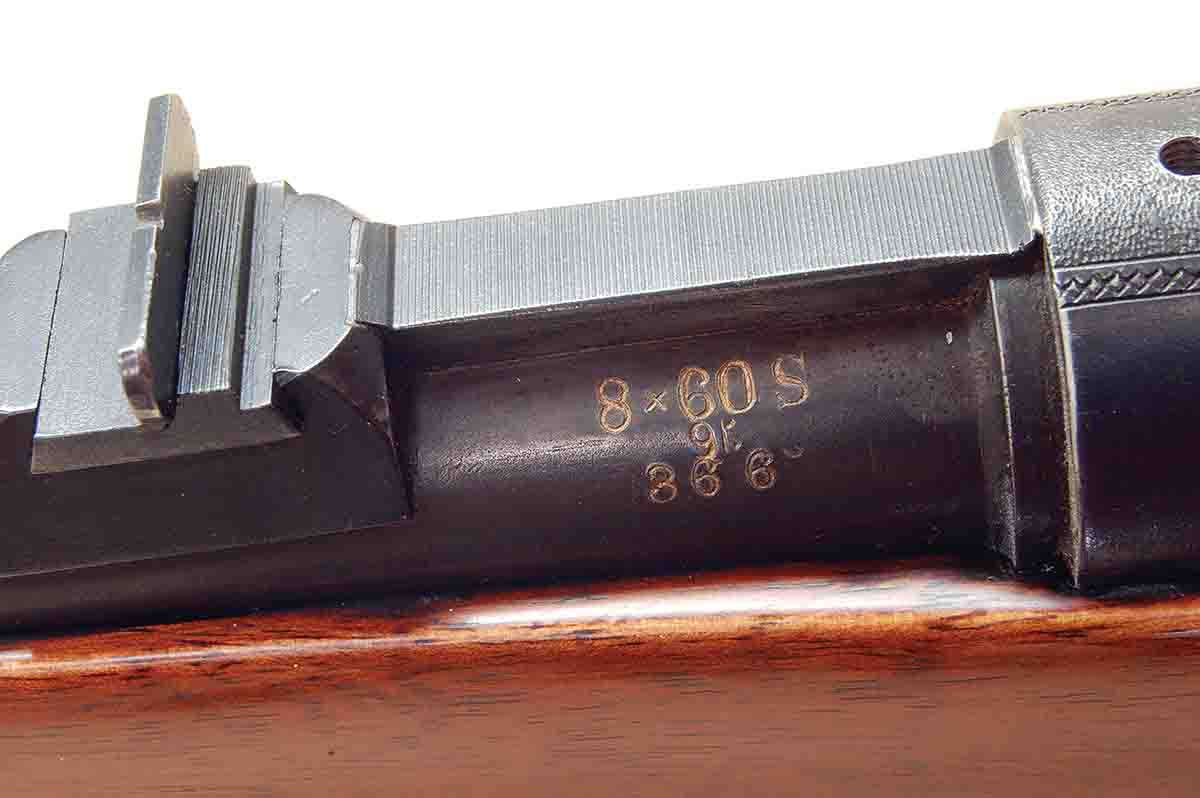
Now we must cover bullet/barrel groove diameters because these can cause an extremely dangerous condition when coupled with both new rifles and those rechambered from 7.9x57. Sixty years ago this was somewhat well known. Today its a new concept for most shooters.
Basically, the 7.9 figure in the 7.9x57 cartridge name is the bore diameter in millimeters, which is the diameter of the reamed hole through the barrel before rifling. It becomes the land-to-land diameter after rifling. This figure is also the caliber, which is .311 inch. Checking many military and sporting arms over the years has shown this to be spot on.
Rifling depth in the M88 Commission Rifle was .00394 inch (.10 mm) per groove. This gave a groove diameter of .3188 inch.
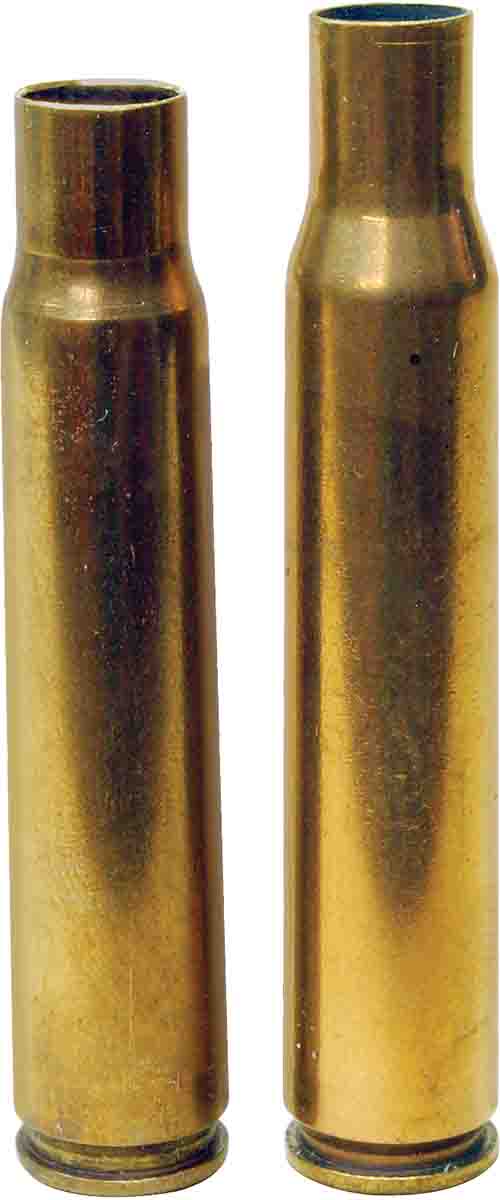
Unfortunately, the early smokeless powders were hot-burning and very erosive. The long bearing surface of the steel jacket roundnose bullet caused pressure to build to dangerous levels in heat-roughened bores. Cartridge cases and barrels failed, wrecking rifles and injuring shooters. The fix was just to cut the rifling deeper, allowing a bit of gas leakage and decreasing pressure. Groove diameter increased from .3188 inch (8.1mm) to .3228 inch (8.2mm).
Newly made military rifles were quickly given barrels of the new internal dimensions, and existing rifles were pulled out of service for rebarreling. The sporting rifle trade, however, was not so easily converted. Hunting guns were fired far, far less than military rifles. They did not suffer the same problems. Small gunmakers did not change dimensions.
Then when the lighter weight spitzer bullet was adopted, its diameter was increased to .323 inch (8.2mm) to fit the “new” groove diameter! Couple this with reports that contractors making Mauser M98 military rifles offered countless existing smaller-grooved barrels and barrel blanks to the trade at bargain prices to avoid scrapping them. Thus, it is no surprise that sporting rifles in any cartridge of 7.9mm caliber made in Germany could have either groove diameter – right up to World War II. All such rifles must have their barrels slugged to determine groove diameter if it’s not know for certain.
It was into this environment that the 8x60 was launched. Two different groove diameters obviously required cartridges loaded with both bullet diameters. Those using the smaller size had the suffix “J” added to the cartridge name, as in 8x60J. The letter “J” is a corruption of the German “I,” which looks like a “J” and was applied to the original 7.9x57 Infanterie (infantry) military loading as 7.9x57J; this was long before there was any indication there would be two bullet sizes. When the larger bullet did come along it was indicated by an “S,” as 7.9x57JS, or in the case here, 8x60S.
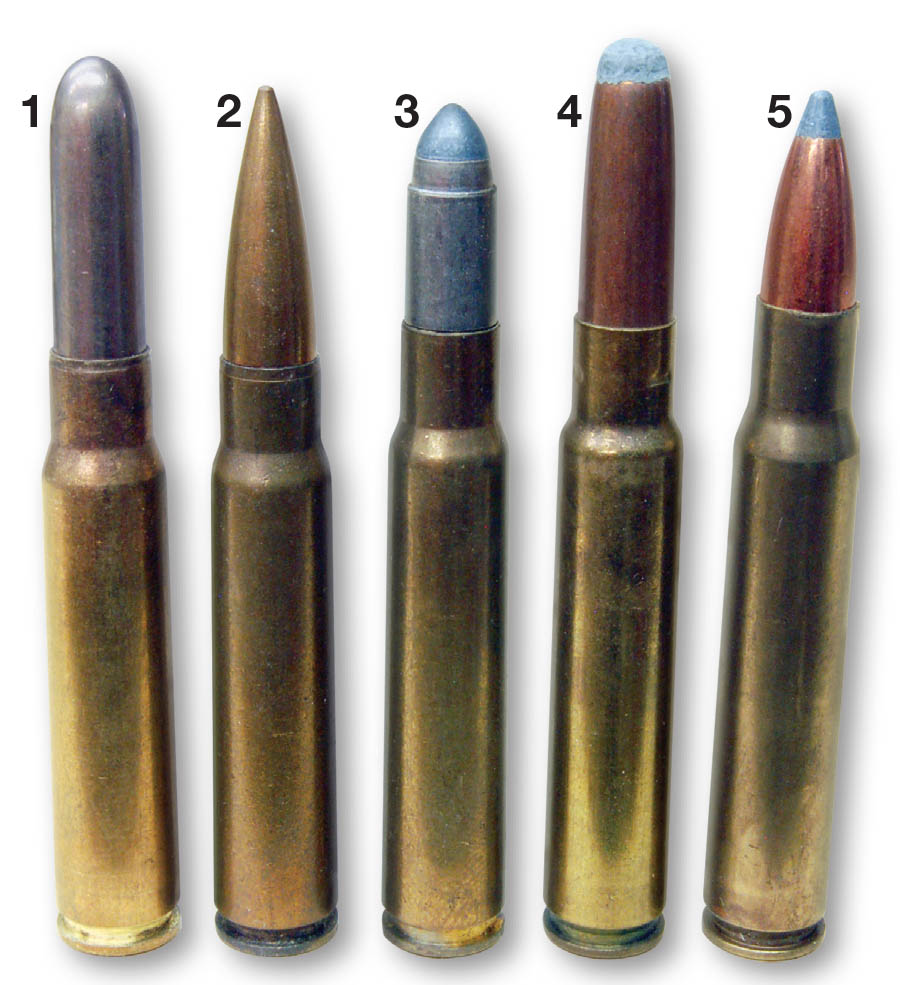
The original load of the 8x60 is given as a 196-grain bullet at 2,443 fps yielding some 2,600 foot-pounds (ft-lbs) of muzzle energy. Somewhat enigmatic are DWM 8x60S Magnum loads showing a 187-grain softpoint at 2,788 fps and an 8x60S Magnum Bombe giving the same bullet 2,820 fps – impressive figures for the 1920s.
